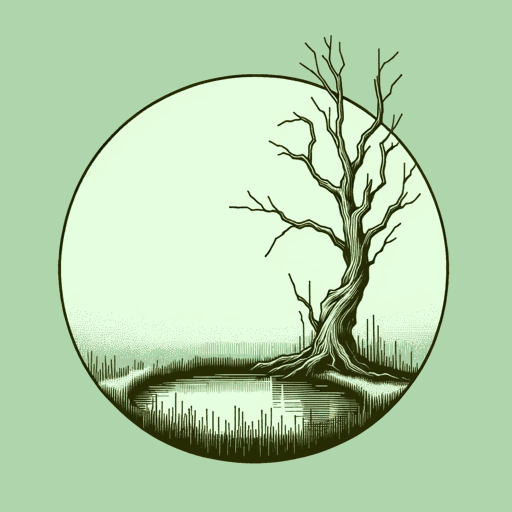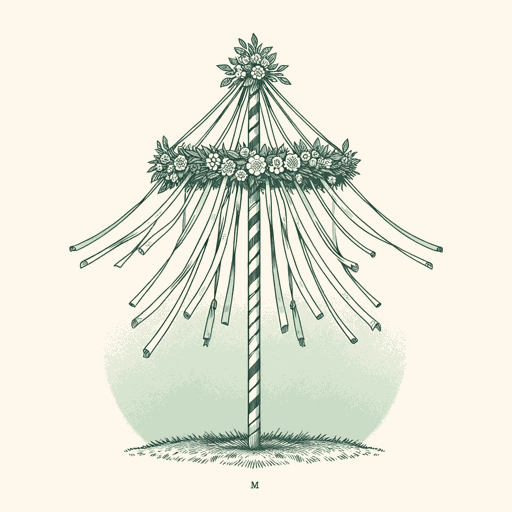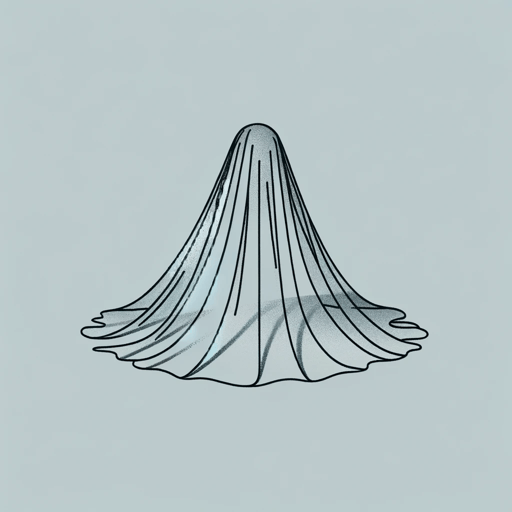32 pages • 1 hour read
Nathaniel HawthorneThe Birthmark
Fiction | Short Story | Adult | Published in 1843A modern alternative to SparkNotes and CliffsNotes, SuperSummary offers high-quality Study Guides with detailed chapter summaries and analysis of major themes, characters, and more. For select classroom titles, we also provide Teaching Guides with discussion and quiz questions to prompt student engagement.
Story Analysis
Analysis: “The Birthmark”
“The Birthmark” was published during a time of change and innovation in British and American literature. While gothic fiction was still in existence in the 1840s, new elements characteristic of the genre now called “science fiction” or “speculative fiction” were creeping into literature during this age of scientific advancement. At this time, gothic horror’s concentration on omens and portents shifted to a focus on scientific discoveries and laboratory instruments. At its core, though, the questions that informed the plot lines and themes remained similar: What does it mean to be human? What are the limits of mankind’s power? As well, the authors of horror and science fiction share a fundamental interest in the same subject: someone (or something) usurping the act of creation from God and/or nature. “The Birthmark” is above all concerned with the evil humans can commit with creative power in the name of science. While science grants Aylmer access to this power, without a proper moral compass and a true knowledge of himself, he wields it selfishly and destructively. As such, “The Birthmark” has a strongly moralizing message against this type of behavior.
Related Titles
By Nathaniel Hawthorne

Dr. Heidegger's Experiment
Nathaniel Hawthorne

Ethan Brand
Nathaniel Hawthorne

My Kinsman Major Molineux
Nathaniel Hawthorne

Rappaccini's Daughter
Nathaniel Hawthorne

The Ambitious Guest
Nathaniel Hawthorne

The Artist of the Beautiful
Nathaniel Hawthorne

The Blithedale Romance
Nathaniel Hawthorne

The Hollow of the Three Hills
Nathaniel Hawthorne

The House of the Seven Gables
Nathaniel Hawthorne

The Marble Faun
Nathaniel Hawthorne

The Maypole Of Merry Mount
Nathaniel Hawthorne

The Minister's Black Veil
Nathaniel Hawthorne

The Scarlet Letter
Nathaniel Hawthorne

The Wives of the Dead
Nathaniel Hawthorne

Young Goodman Brown
Nathaniel Hawthorne

